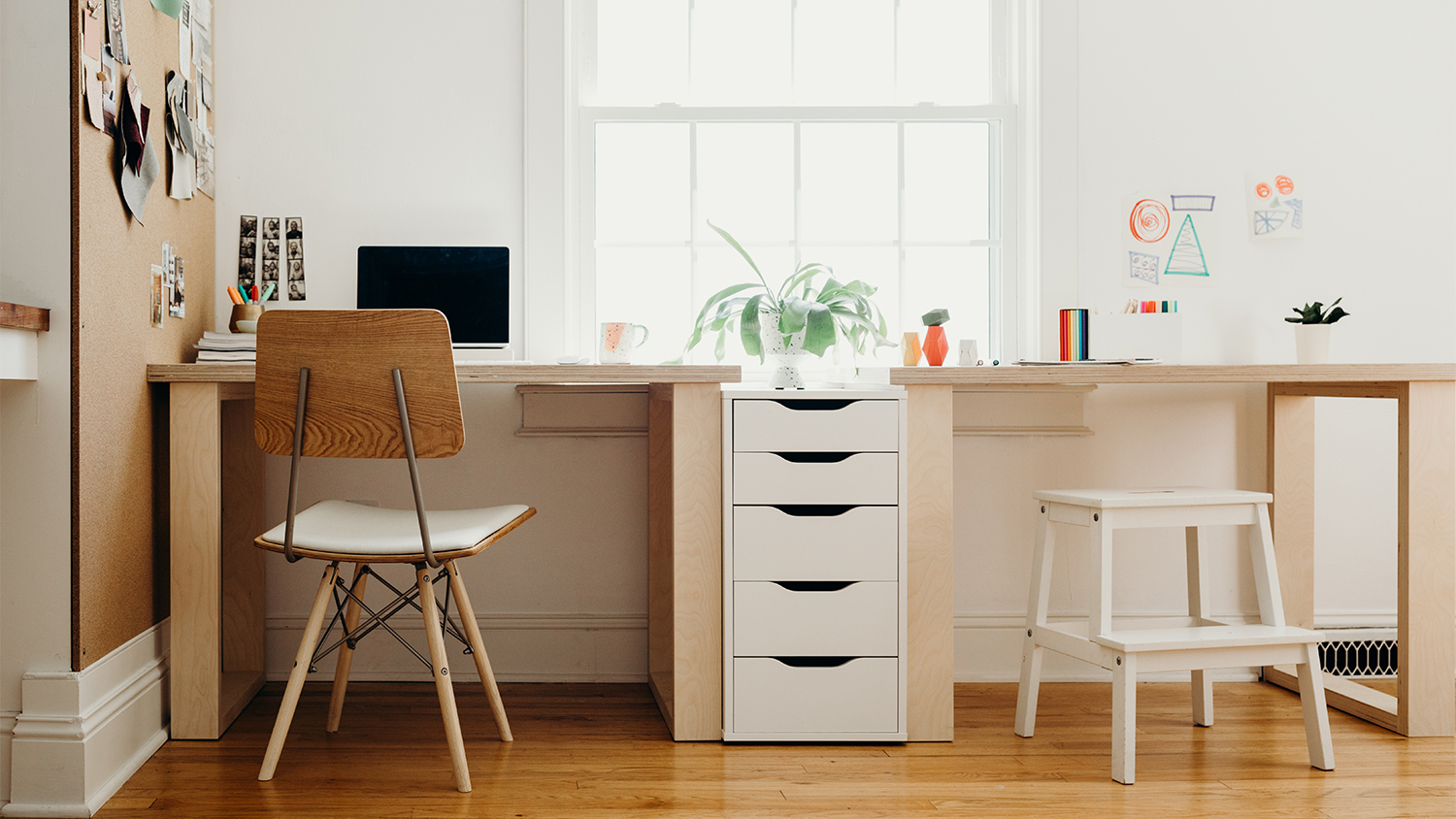
Get a clear estimate of the cost of a custom desk, including average prices, key cost factors, and tips to help you budget for your home office project.
Woodworking costs depend on your project and location. Check with a local pro for your specific job.
This isn’t a large job, but it can take a long time working at heights.
Caulking crown molding cleans up the look, blending the molding perfectly.
Almost all of the cost of this project is from labor.
Caulking crown molding is one of the best ways to add a touch of elegance to your interior. If you’ve ever seen gaps in molding at corners and along their edges, you know how much better they can look when filled in and painted. The average cost to caulk crown molding is $300, though it can range widely between $120 and $850 depending on the type of molding you have.
There are a few cost factors that influence the total cost of the project. Whether you’re pricing it out for a DIY undertaking or talking to a pro, the information below will add some depth to your knowledge.
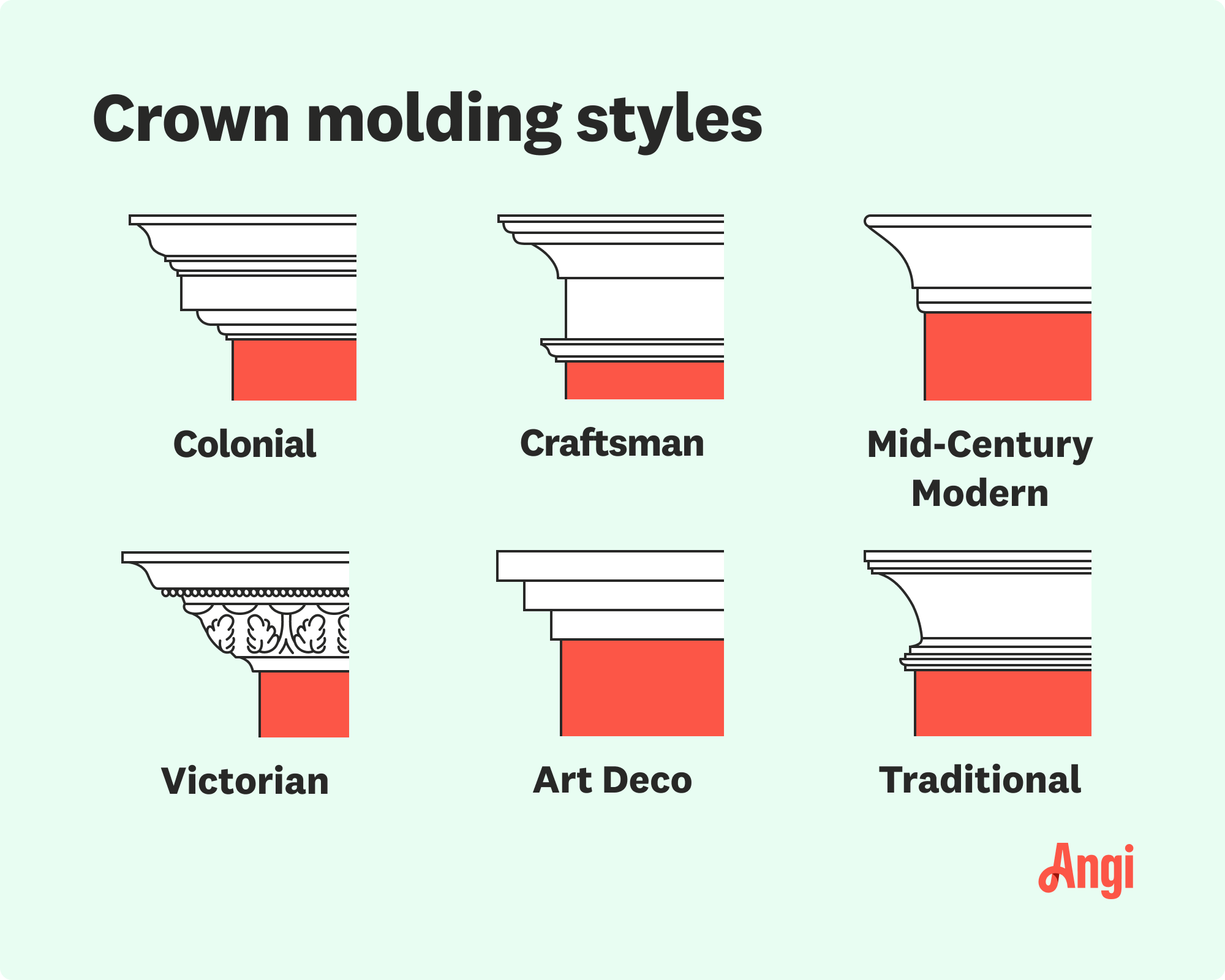
The type or style of molding you have makes a difference in the caulking cost, as some styles are much more intricate than others. Because of this, every seam—especially corners—will take a much longer time to caulk, clean, and finish. Since labor costs are the largest piece of the total cost pie, styles with many caulking points—Victorian, colonial, etc.—will cost much more than the simpler styles like Art Deco and Mid-Century Modern.
Remember that for both the table below and the size quotes, we’re assuming you’re hiring a pro, and therefore, these cost ranges include labor fees. If you choose to DIY the work, expect material costs around 10% to 20% of the listed cost ranges.
| Type of Crown Molding | Average Caulking Cost |
|---|---|
| Mid-Century Modern | $100–$300 |
| Colonial | $140–$400 |
| Craftsman | $150–$400 |
| Art Deco | $100–$300 |
| Traditional | $190–$450 |
| Victorian | $250–$600 |
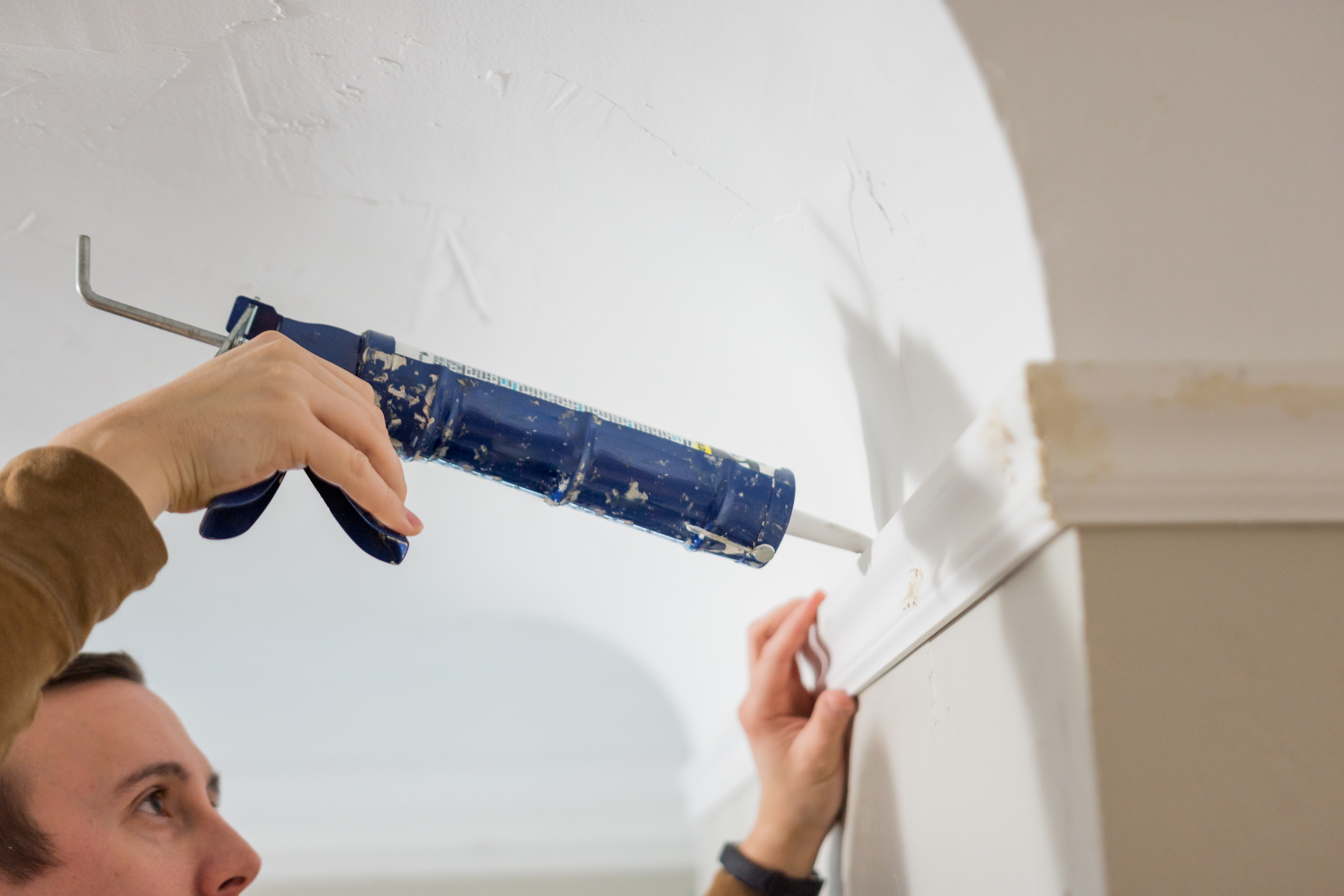
The length of your crown molding has a direct effect on the price to caulk it. More molding requires more caulking, which requires more materials and time spent. Material costs scale with size, as you can purchase in bulk or negotiate sales, but labor costs remain a constant. The good news is you probably don’t have the same molding throughout your whole house, so the actual linear feet of work required shouldn’t be extreme.
| Length in Linear Feet | Average Cost |
|---|---|
| 6 | $50-$120 |
| 10 | $70–$150 |
| 18 | $110–$230 |
| 25 | $150–$300 |
| 40 | $220–$450 |
| 60 | $320–$600 |
| 80 | $400–$720 |
| 100 | $550–$850 |
Labor is the real cost in this project. If you’re paying a pro, be aware that hourly rates typically fall between $30 and $80 per hour. You’ll pay more if your workspace isn’t clean, your molding isn’t in good condition, or you plan on caulking many linear feet. Unfortunately, there aren’t many ways to lower this cost unless you DIY the work.
Prep work should be light and will include making sure your molding is in a good enough condition to caulk. You'll also want to clean out any seams of dust or other debris. If you work slowly and carefully, you shouldn't need to tape anywhere.
The location of the molding in your house can affect the price if it's in a difficult space. However, you have to ask yourself a question: if the molding is far enough off the ground to result in an increased price, will you truly notice any subtle caulking work?
If the caulking is in bad condition or your molding just doesn't look great, and you have to perform work high off the ground, expect a pro to charge a premium for ceilings over 10 feet or so.
If your crown molding is white, you can use white caulk, clean your work, and consider it done—house flippers commonly do this instead of properly finishing the work to save on labor costs. However, this only looks good for a short while, so we strongly recommend you finish the job by painting over the caulking. This will take longer and have some added costs, but in order to consider the job complete, it’s all but required.
Maintenance for this project should be extremely low and will consist mostly of checking the work to ensure that it doesn't yellow over time. This will be difficult because you will have painted over it, but that's good news. If you're wondering how much maintenance is required over time, it's extremely minimal (or nonexistent).
Repair work should be minimal and limited to damage created by time, humidity, or temperature. Common signs you need to perform repairs are:
Cracked caulk
Warped molding
Discolored (yellowing) caulk
If caulking isn’t applied correctly or taken care of, crown molding repair work can easily approach 50% of the initial project cost, so try and stay on top of maintenance requirements.
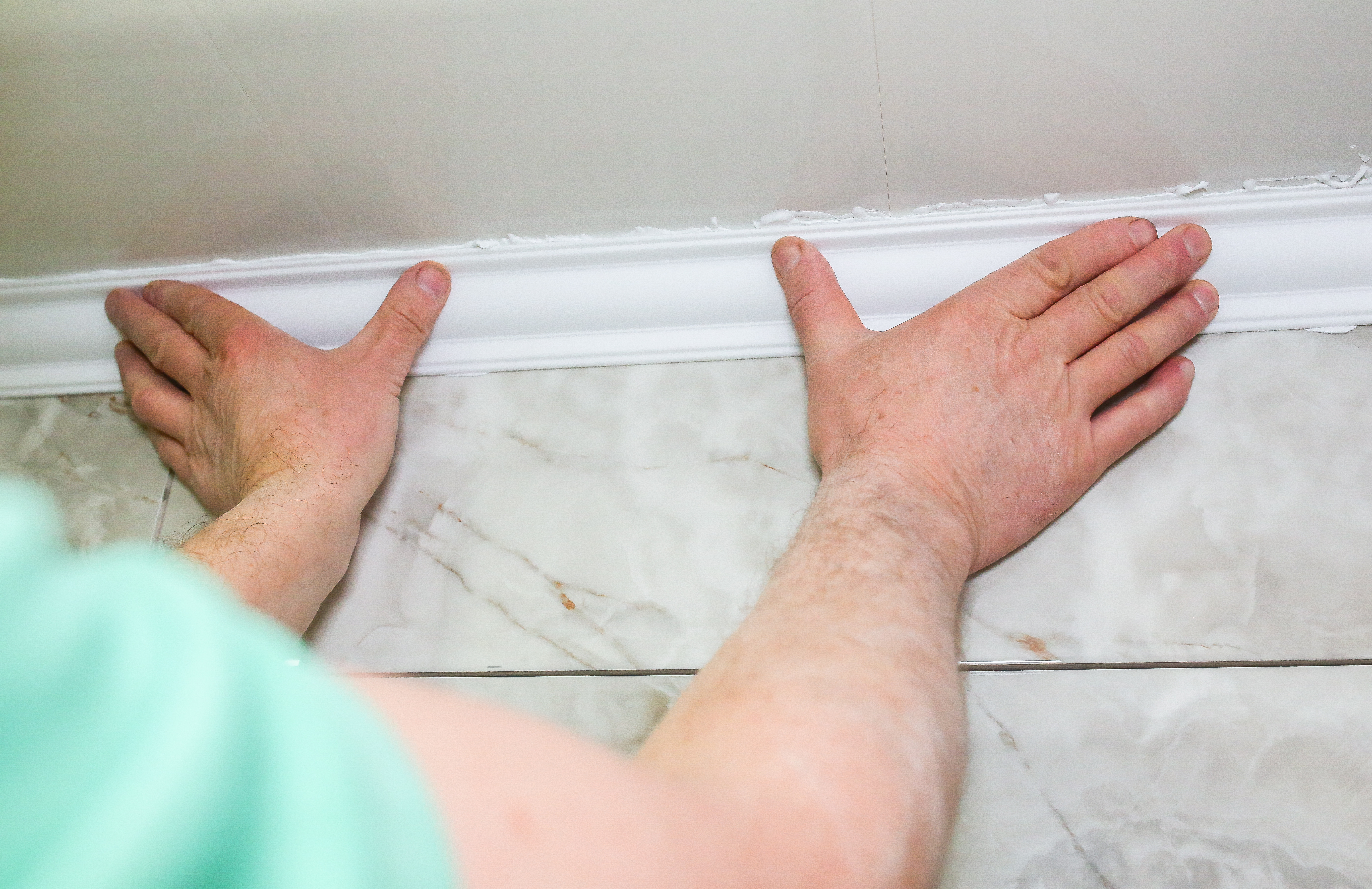
If you have the time and don’t mind working above your head, this can be a great DIY project. You can work on your own schedule, keep labor costs low, and you can gain valuable home improvement experience. That being said, working on ladders or performing time-consuming work isn’t for everyone.
Hiring a local crown molding pro is a great idea if you want the job done quickly and professionally. Making mistakes while caulking molding can quickly turn into a serious—and sometimes expensive— headache. For most homeowners, we recommend discussing the project with a pro before forging ahead with DIY.
The number one, hands-down, best way to lower costs is to DIY the work and cut out the billable labor hours. If you plan on hiring a pro, though, this isn’t an option, so you need to get creative about where you can save. Consider some of the tips below to help reduce cost:
Buy all items in bulk.
Reuse old tools like putty knives and drop cloths.
Use quality caulk to reduce further repairs.
Purchase everything on sale.
Home is the most important place on earth, which is why Angi has helped more than 150 million homeowners transform their houses into homes they adore. To help homeowners with their next project, Angi provides readers with the most accurate cost data and upholds strict editorial standards. We extensively research project costs to develop the pricing data you see, so you can make the best decisions for you and your home. We rely on reputable sources, including the U.S. Bureau of Labor Statistics, academic journals, market studies, and interviews with industry experts—all to ensure our prices reflect real-world projects.
Want to help us improve our cost data? Send us a recent project quote to [email protected]. Quotes and personal information will not be shared publicly.
From average costs to expert advice, get all the answers you need to get your job done.

Get a clear estimate of the cost of a custom desk, including average prices, key cost factors, and tips to help you budget for your home office project.
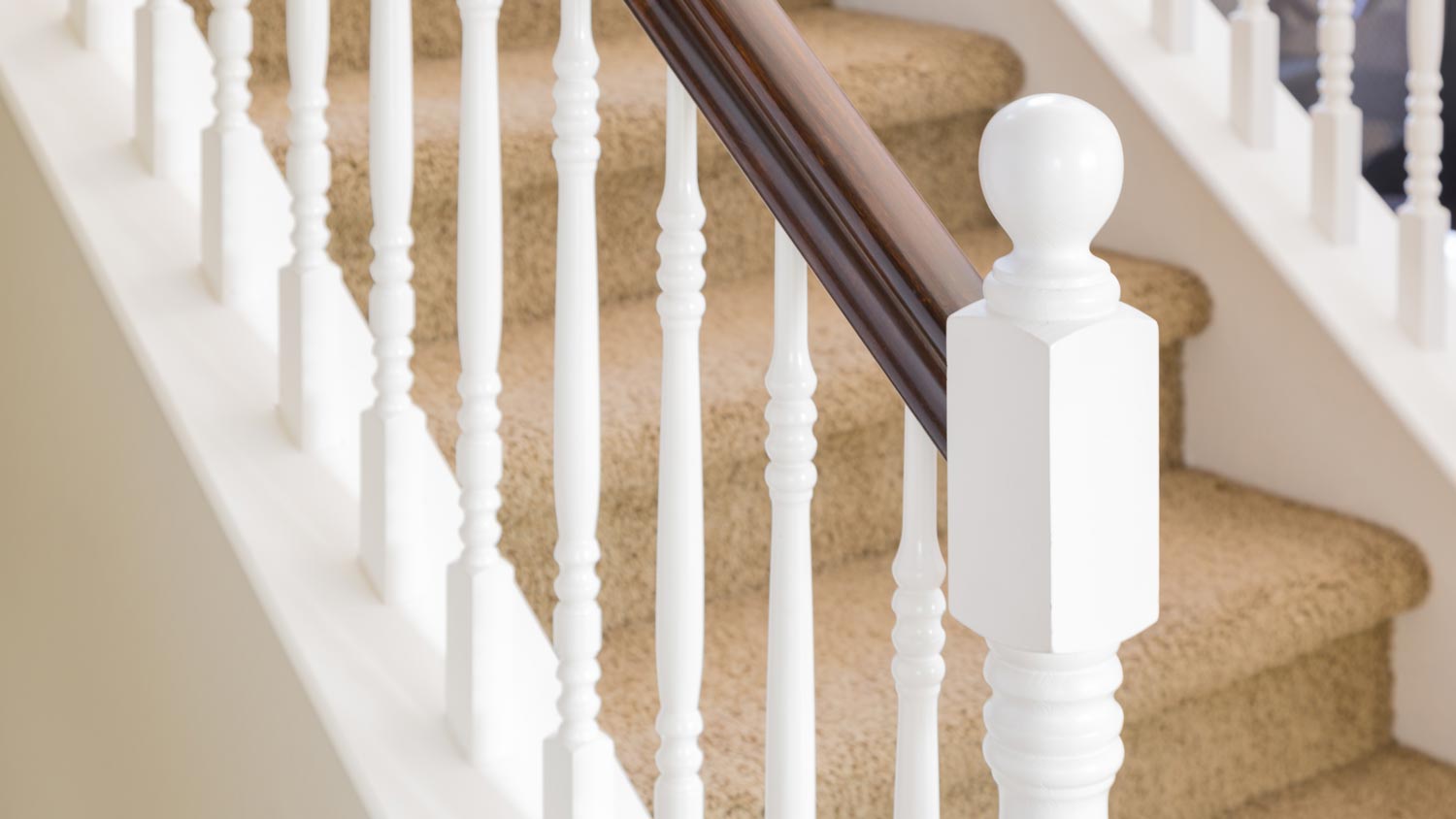
Get expert insights on stair railing repair cost, including average prices, cost factors, and tips to save money. Plan your stair railing repair project with confidence.

Installing trim can give your home a finished, polished appearance. Learn how much it costs to install trim and what factors affect how much you’ll pay.
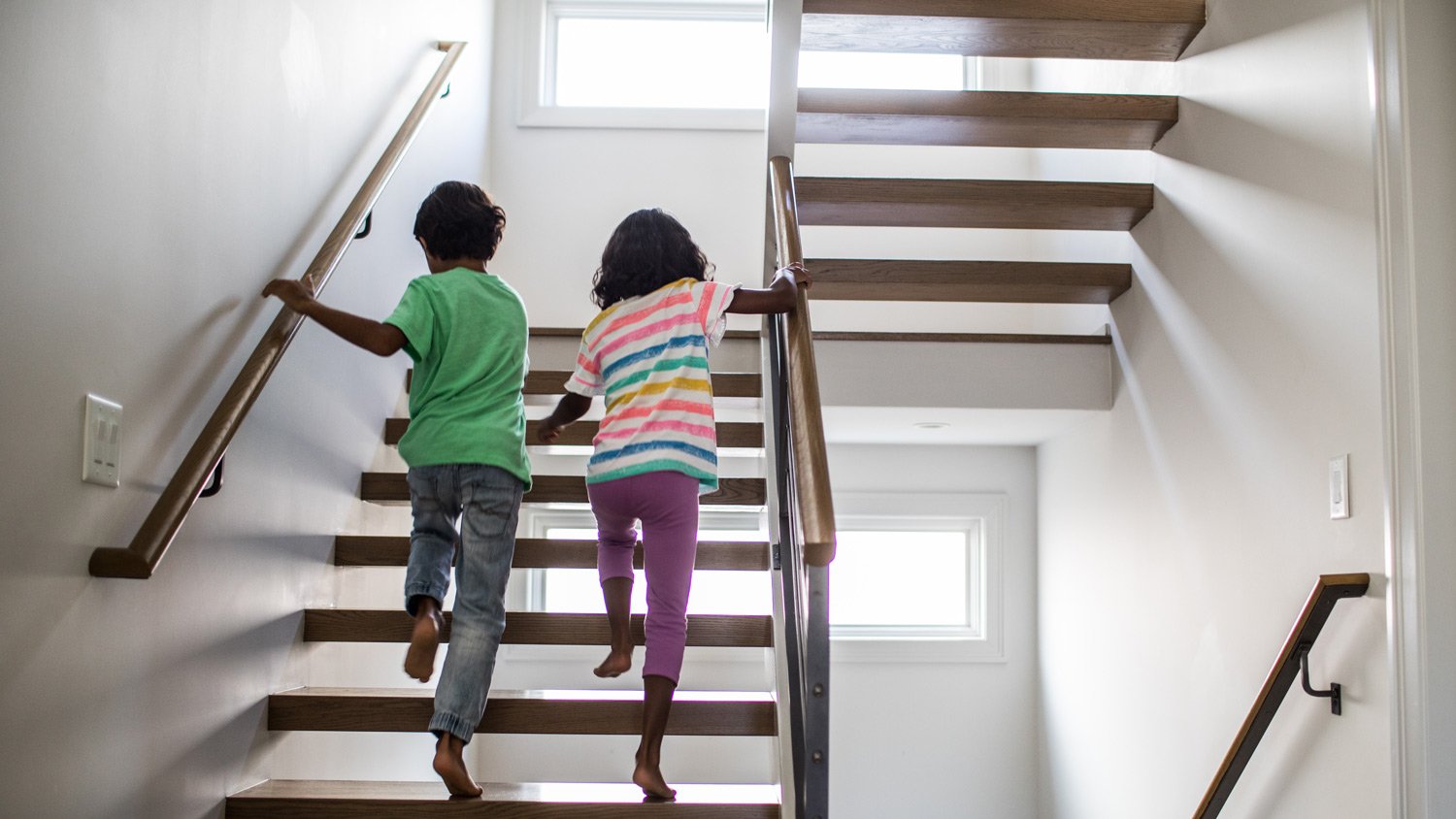
Discover how to install hand railing on a wall in a few simple steps to add safety and style to your staircase that meets or exceeds building code standards.
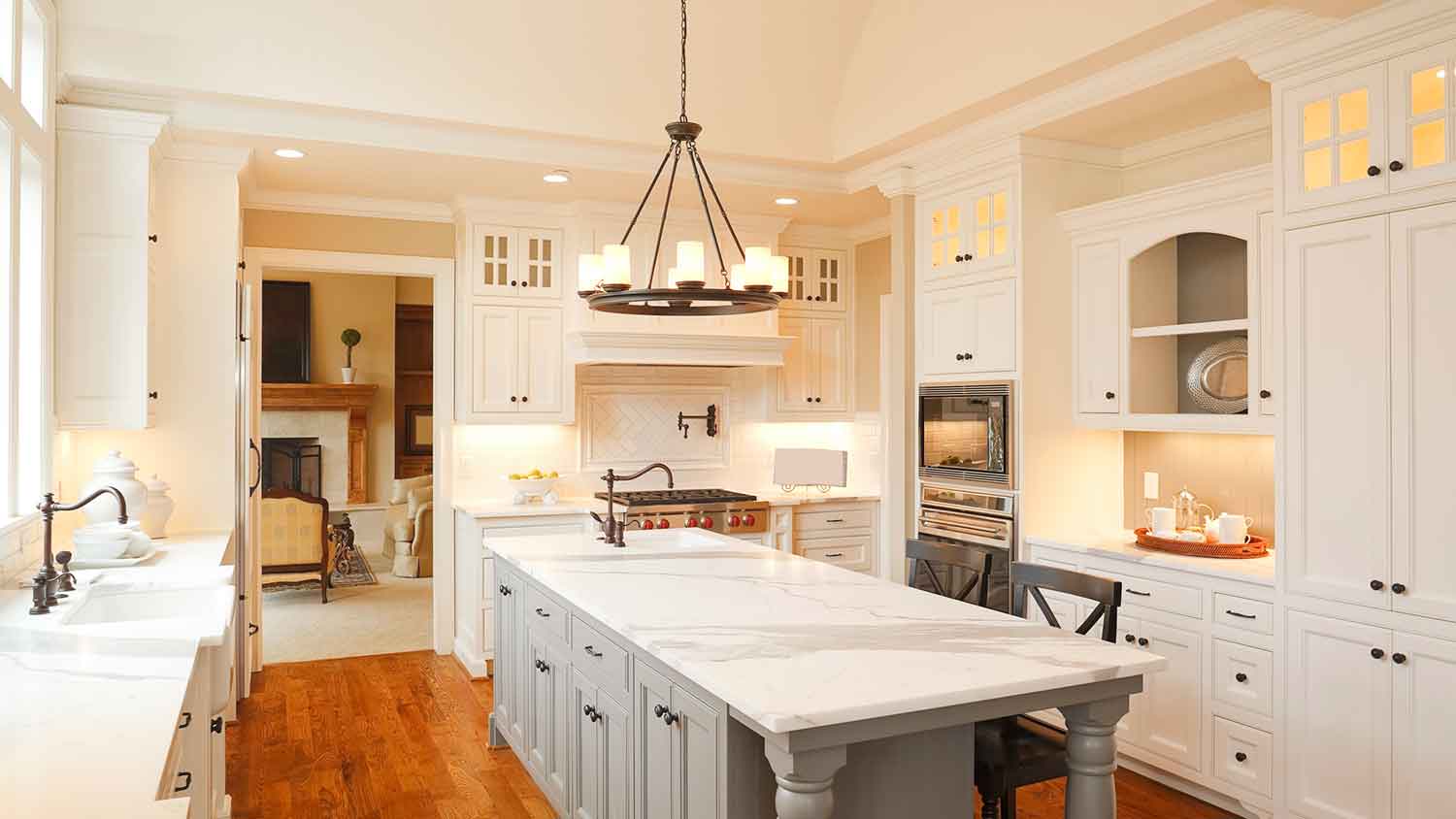
Crown molding provides a timeless style to your space. Learn how to install crown molding on your cabinets to give your home a simple but impactful upgrade.
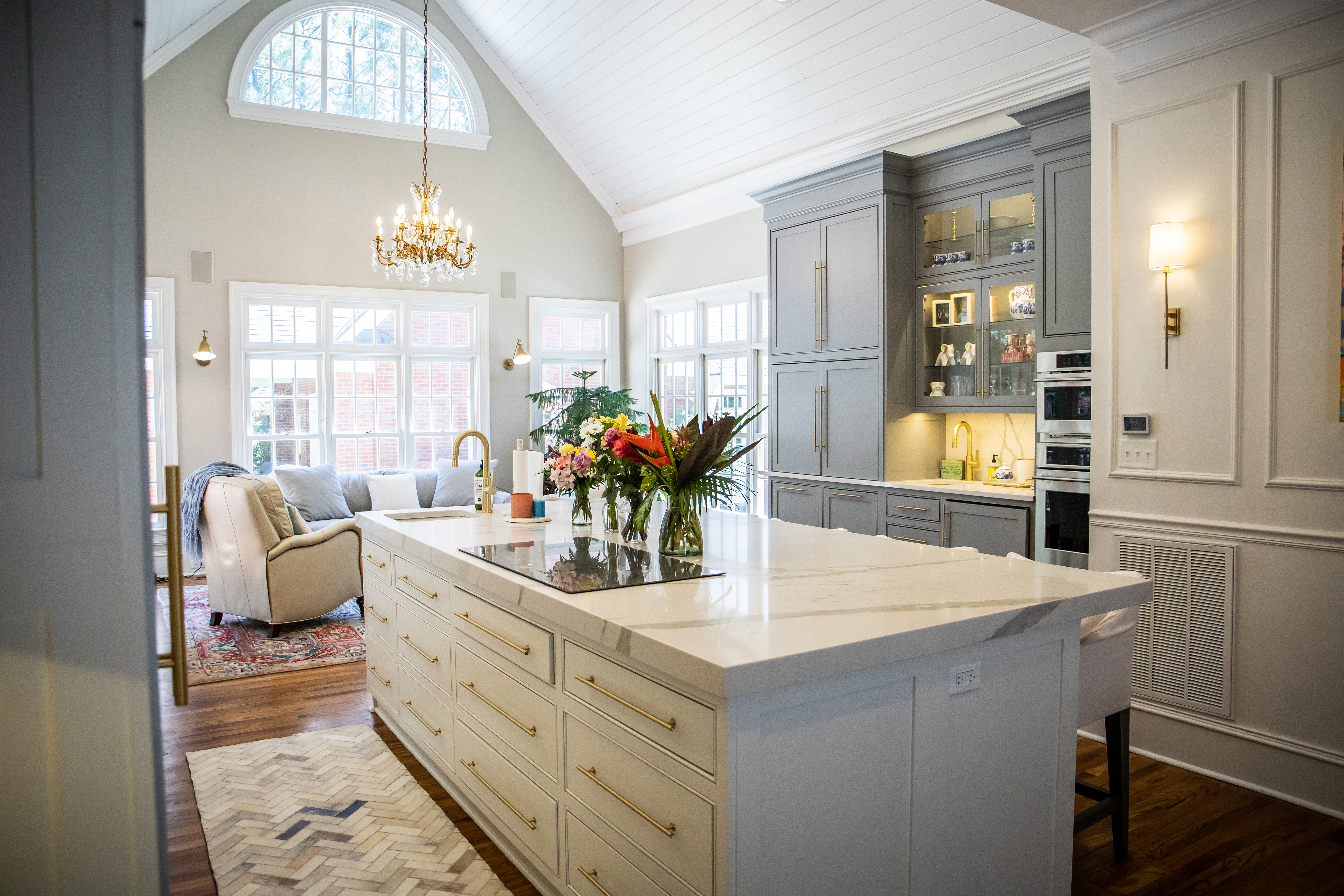
Learning how to install crown molding on a vaulted ceiling is challenging, but not impossible. Follow the steps in this guide to discover the necessary cuts.